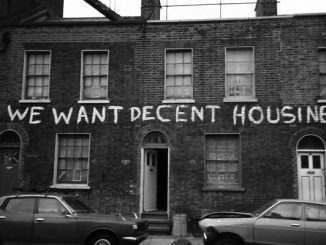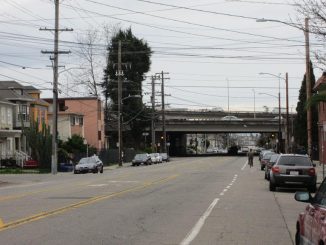In 1937, in a period when workers were fighting all over the country for jobs, wages, housing and more, the U.S. Government began a program that promised to provide affordable public housing for low-income families. But the Government never followed through on this commitment.
It wasn’t until the 1950s and 60s that most black families were even allowed to live in public housing. New projects were usually built in overcrowded, poor neighborhoods, and were massive high rises built as cheaply as possible without adequate schools, transportation, and even grocery stores.
By the mid-1960’s public housing was in a crisis. In black urban neighborhoods, sections of the Civil Rights movement began to demand basic human rights including decent housing. In response, the government shifted resources from public housing directly to private landlords by providing poor tenants with Section 8 vouchers. These were supposed to give the poor access to better housing in better neighborhoods. But in reality, Section 8 vouchers quickly became nothing but a subsidy to slumlords in poor neighborhoods, and a way to decrease public housing all together.
In 1995, there were about 1,329,000 public housing units. In 2014 there are less than 1,150,000, much of it in bad repair. Since 1998, government spending for public housing has remained at $6.6 billion, even while general inflation has risen by 44 percent, and while the size of the population needing public housing has skyrocketed.
No new public housing has been built since 1981. Waiting lists are enormous. In New York City, 270,000 families are waiting, some as long as 21 years. In many cities, like Oakland, the waiting lists have been closed for years. Rather than repair deteriorating public housing, city governments just tear them down, especially where developers want to build more expensive housing.
Today the housing crisis for working class people is worse than at any time since the Depression of the 1930s. A massive commitment of resources for the construction of high-quality, public housing is needed to even begin to address this problem.




